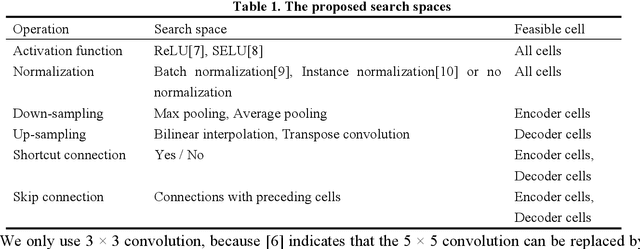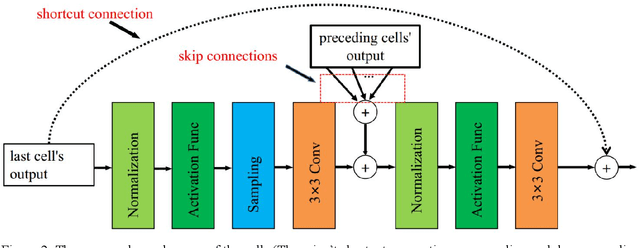ENAS U-Net: Evolutionary Neural Architecture Search for Retinal Vessel Segmentation
Paper and Code
Jan 18, 2020



The accurate retina vessel segmentation (RVS) is of great significance to assist doctors in the diagnosis of ophthalmology diseases and other systemic diseases, and manually designing a valid neural network architecture for retinal vessel segmentation requires high expertise and a large workload. In order to further improve the performance of vessel segmentation and reduce the workload of manually designing neural network. We propose a specific search space based on encoder-decoder framework and apply neural architecture search (NAS) to retinal vessel segmentation. The search space is a macro-architecture search that involves some operations and adjustments to the entire network topology. For the architecture optimization, we adopt the modified evolutionary strategy which can evolve with limited computing resource to evolve the architectures. During the evolution, we select the elite architectures for the next generation evolution based on their performances. After the evolution, the searched model is evaluated on three mainstream datasets, namely DRIVE, STARE and CHASE_DB1. The searched model achieves top performance on all three datasets with fewer parameters (about 2.3M). Moreover, the results of cross-training between above three datasets show that the searched model is with considerable scalability, which indicates that the searched model is with potential for clinical disease diagnosis.
 Add to Chrome
Add to Chrome Add to Firefox
Add to Firefox Add to Edge
Add to Edge